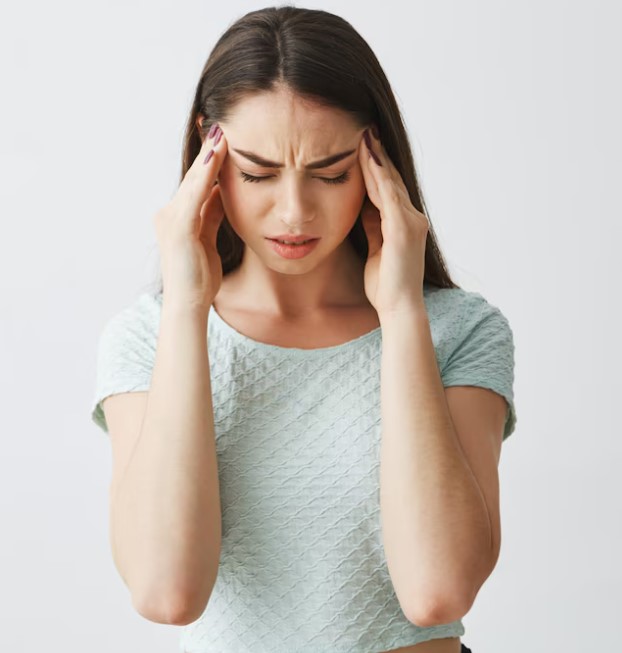Headaches are a common ailment that affects millions of people worldwide. While we often associate headaches with stress, dehydration, or lack of sleep, there are several surprising causes that may fly under the radar. In this article, we’ll delve into seven unexpected factors that could be triggering your headaches without you even realizing it.
Unveiling the Hidden Culprits
1. Posture Problems
Believe it or not, your posture could be contributing to those nagging headaches. Poor posture, especially when sitting at a desk for extended periods, can strain your neck and upper back muscles, leading to tension headaches. Making small adjustments to improve your posture and taking regular breaks to stretch can make a significant difference.
2. Jaw Clenching and Teeth Grinding
Do you wake up with a headache or experience jaw pain throughout the day? You might be grinding your teeth or clenching your jaw without even realizing it, a condition known as bruxism. This habitual behavior can strain the muscles in your face and jaw, resulting in tension headaches. Consider using a mouthguard at night to protect your teeth and alleviate tension during the day.
3. Strong Scents
While pleasant fragrances can lift your mood, strong smells like perfume, cleaning products, or even certain foods can trigger headaches in some individuals. If you’re prone to headaches, try to minimize exposure to strong scents and opt for unscented products whenever possible.
4. Weather Changes
Weather fluctuations, particularly changes in barometric pressure, can wreak havoc on your head. Many people report experiencing headaches or migraines when a storm is approaching or during drastic shifts in temperature. While you can’t control the weather, staying hydrated, practicing stress-reduction techniques, and managing your indoor environment can help lessen the impact.
5. Eye Strain
In today’s digital age, many of us spend hours staring at screens, whether it’s a computer, smartphone, or television. Prolonged screen time can strain your eyes and contribute to tension headaches, known as computer vision syndrome. To reduce eye strain, follow the 20-20-20 rule: every 20 minutes, take a 20-second break, and look at something 20 feet away.
6. Caffeine Withdrawal
For coffee lovers, skipping your daily dose of caffeine can lead to withdrawal symptoms, including headaches. If you regularly consume caffeine and suddenly cut back or quit altogether, you may experience withdrawal headaches as your body adjusts. Gradually reducing your caffeine intake or switching to alternative beverages like tea can help alleviate withdrawal symptoms.
7. Hidden Food Triggers
Certain foods and ingredients have been linked to triggering headaches in susceptible individuals. Common culprits include aged cheeses, processed meats, artificial sweeteners, and foods containing MSG (monosodium glutamate). Keeping a food diary and tracking your symptoms can help identify potential triggers so you can make informed dietary choices to prevent headaches.
Conclusion
While headaches can be a nuisance, understanding the lesser-known causes can empower you to take proactive steps towards prevention and management. By addressing factors such as posture, jaw clenching, environmental triggers, and dietary influences, you can reduce the frequency and severity of headaches and enjoy a healthier, more comfortable life.






